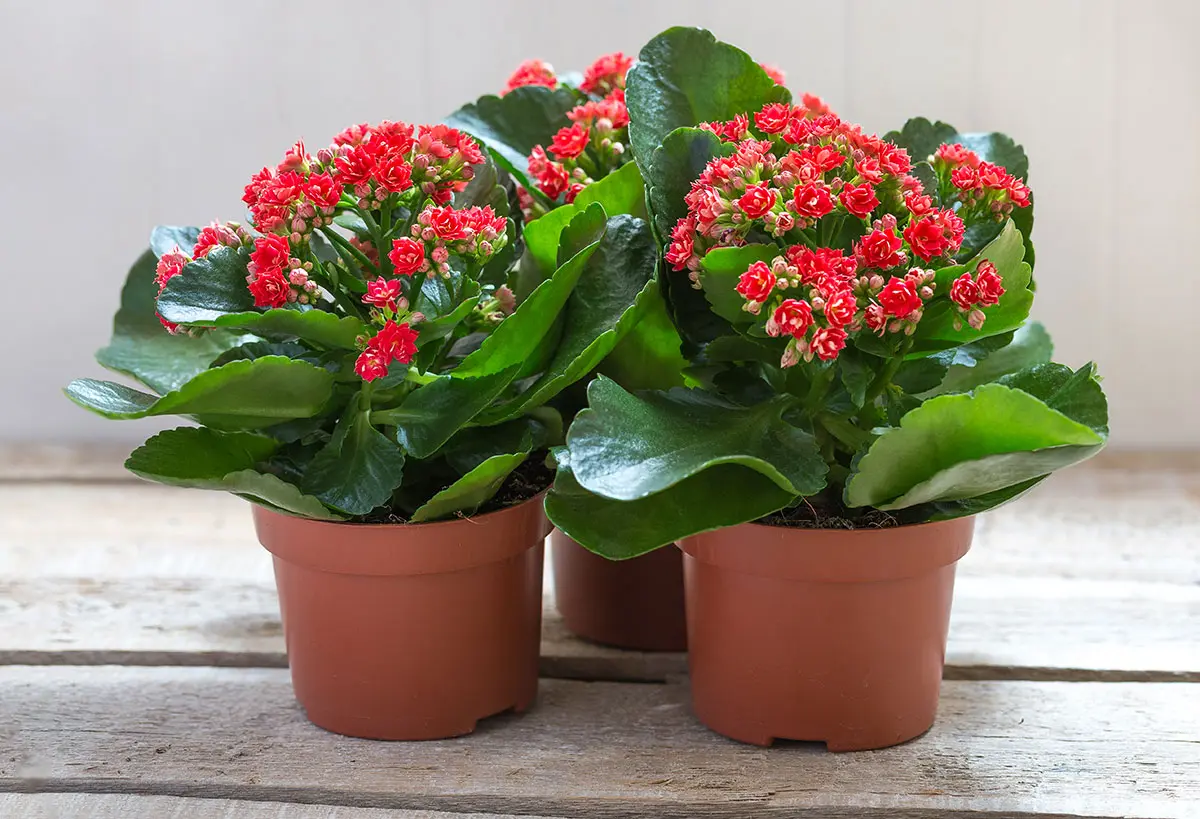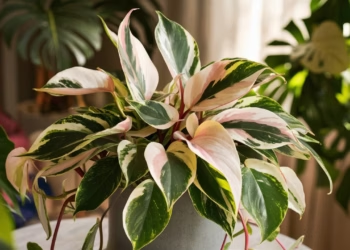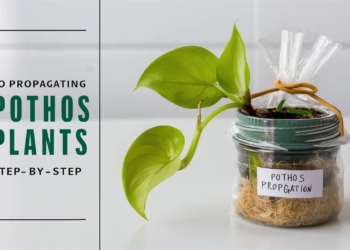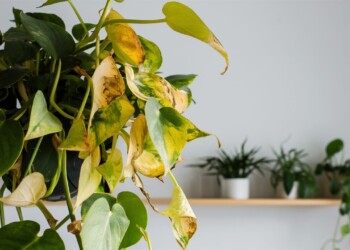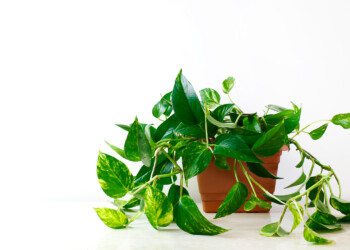So, you’ve brought home a vibrant Kalanchoe plant, but now what? How do you ensure this beauty thrives in the cozy confines of your indoor space? Fear not, fellow plant parent! In this Kalanchoe Plant Care Guide, we’ll dive deep into the world of Kalanchoe care, providing you with all the tips and tricks you need to keep your plant happy and healthy!
Table of Contents
Getting to Know Your Kalanchoe Plant
Before we delve into the nitty-gritty of Kalanchoe care, let’s take a moment to get acquainted with this lovely succulent.
- What is a Kalanchoe Plant?
- Kalanchoe (pronounced ka-lan-KO-ee) is a genus of about 125 species of tropical, succulent flowering plants native to Madagascar and tropical Africa.
- Common Names and Taxonomy
- Common Names: Kalanchoe, flaming Katy, florists kalanchoe, Christmas kalanchoe
- Botanical Name: Kalanchoe blossfeldiana
- Family: Crassulaceae
- Plant Type: Perennial, succulent
- Types of Kalanchoe Plants: The genus Kalanchoe boasts a diverse array of species, each with its unique characteristics and ornamental appeal. Some noteworthy species include:
- Kalanchoe manginii: Known for its fleshy leaves and bell-like pendant flowers, thriving in USDA hardiness zones 9 to 11.
- Kalanchoe daigremontiana: Dubbed the “mother of thousands” for its proliferation of plantlets along leaf margins, hardy in USDA zones 9 to 11.
- Kalanchoe tomentosa: Recognized as the “chocolate soldier” or “panda plant,” featuring thick, fuzzy leaves with brown spots, suitable for USDA zones 9 to 11.
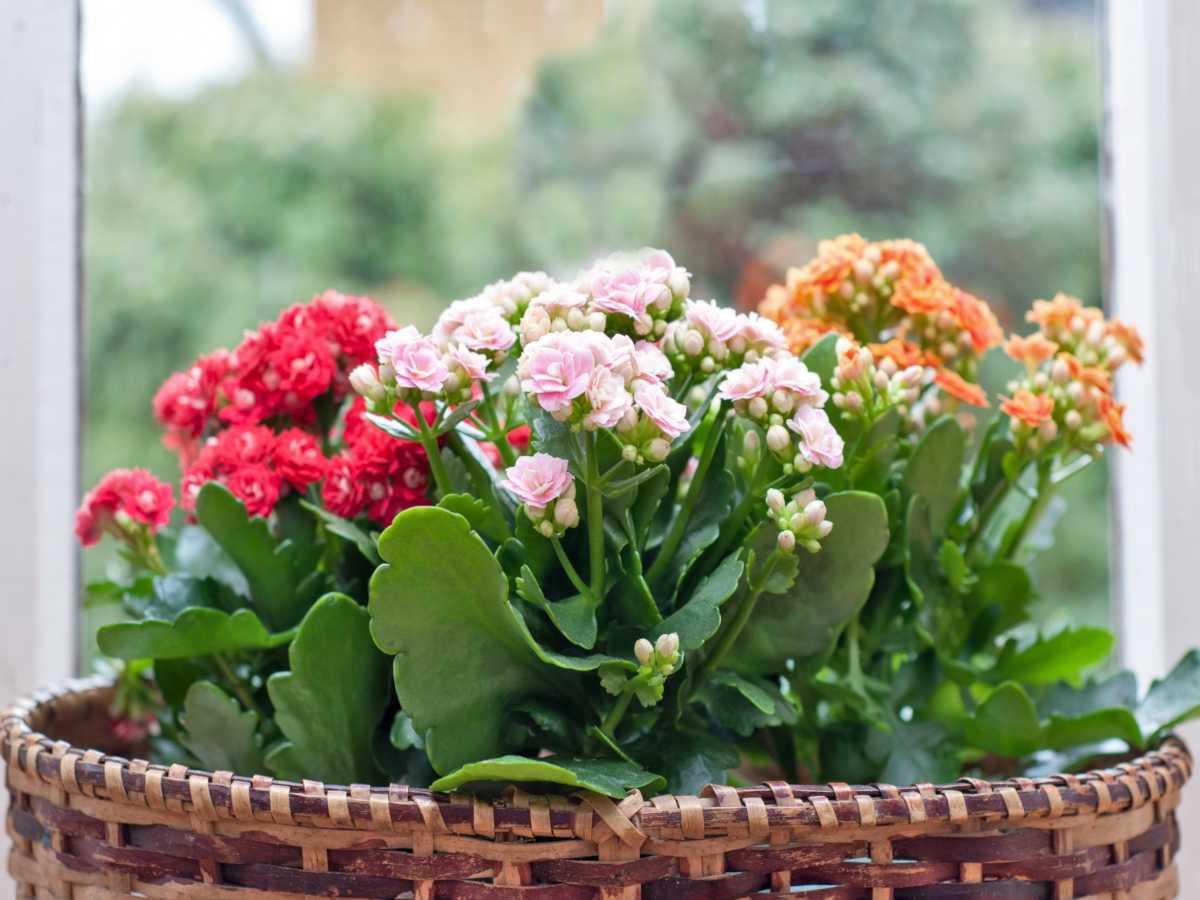
Now that we’ve got a basic understanding of what we’re dealing with, let’s move on to the juicy stuff – how to keep your Kalanchoe plant thriving indoors!
How to Care for a Kalanchoe Plant Indoors
Location, Location, Location!
The first rule of Kalanchoe care club? Find the perfect spot for your plant to soak up some rays!
- Sunlight Requirements
- Place your Kalanchoe plant near a sunny window where it can bask in bright, indirect sunlight for at least six hours a day. These sun-loving succulents thrive in ample light!
- Temperature Tolerance
- Kalanchoe plants prefer temperatures between 60°F and 85°F (15°C to 29°C), making them ideal for indoor environments. Just make sure to keep them away from drafts and cold windows during chilly months!

Watering Wisdom
When it comes to watering your Kalanchoe, it’s all about finding the right balance – not too much, not too little!
- How Often to Water
- Allow the soil to dry out completely between waterings. Stick your finger into the soil – if it feels dry to the touch about an inch below the surface, it’s time to water. Typically, you’ll water your Kalanchoe plant every 2-3 weeks during the growing season (spring and summer) and reduce frequency during the dormant season (fall and winter).
- Watering Technique
- When watering, aim to thoroughly moisten the soil without drowning your plant. Water the soil directly at the base of the plant, avoiding getting water on the leaves to prevent rot.
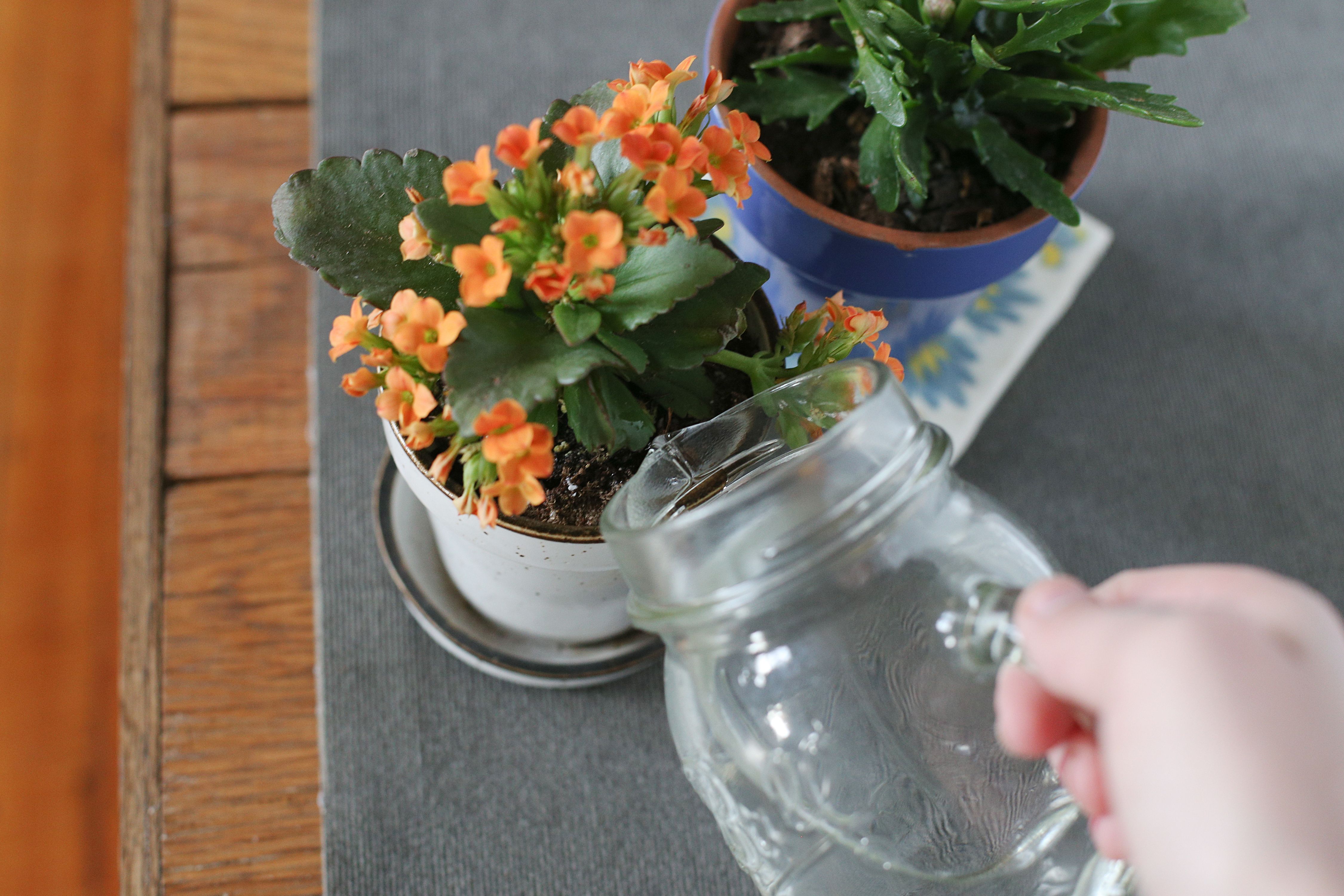
Soil Selection
Choosing the right soil for your Kalanchoe plant sets the foundation for its overall health and well-being!
- Well-Draining Soil
- Opt for a well-draining potting mix specifically formulated for succulents or cacti. These mixes typically contain ingredients like perlite, sand, or gravel, which prevent water from pooling around the roots and causing rot.
- Repotting Needs
- Repot your Kalanchoe plant every 1-2 years to refresh the soil and provide ample space for growth. Select a pot that’s slightly larger than the current one, and don’t forget to add a layer of gravel or small rocks at the bottom to enhance drainage.
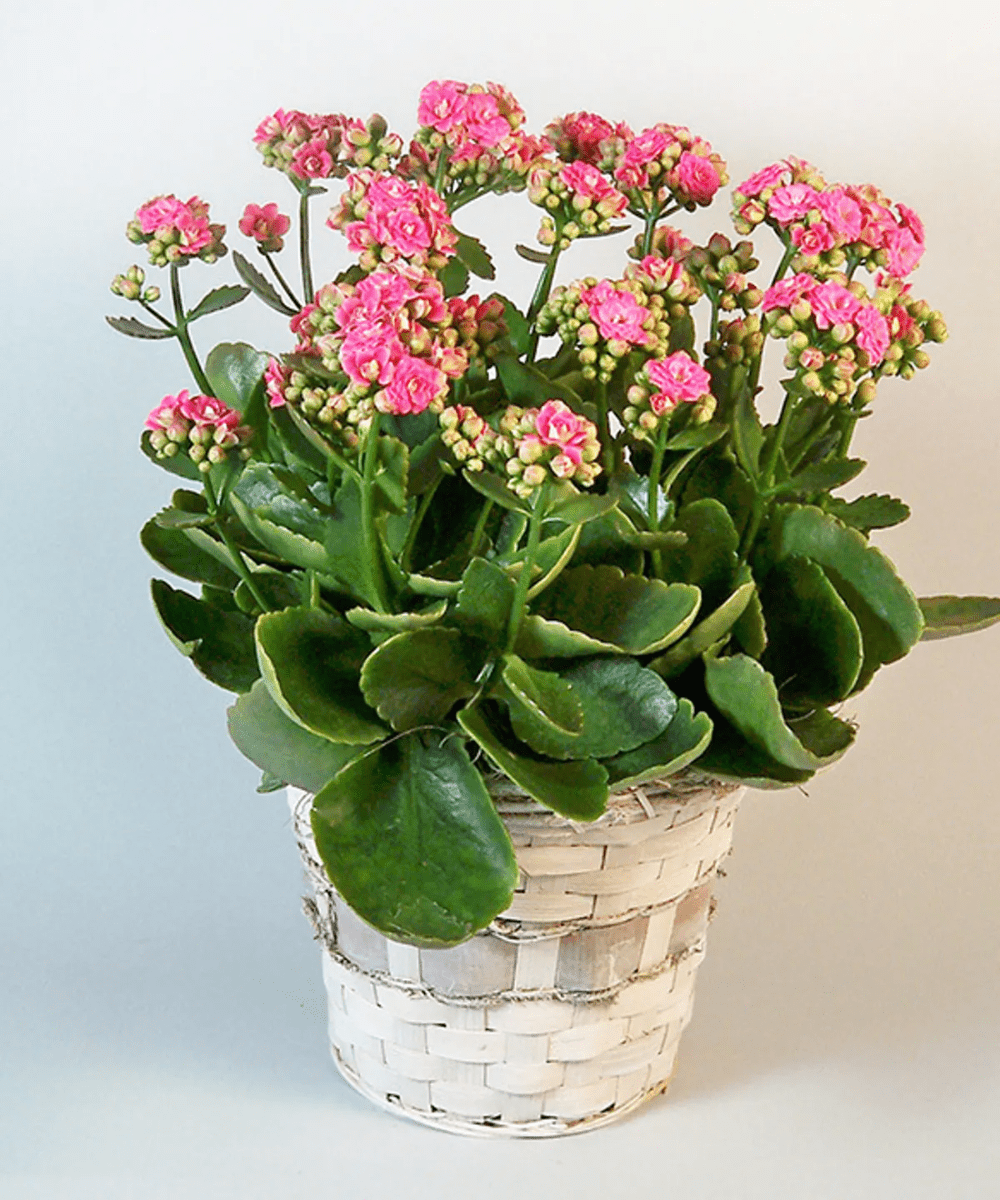
Fertilizing Fun
While Kalanchoe plants don’t require frequent fertilizing, a little boost now and then can go a long way!
- Feeding Frequency
- During the active growing season (spring and summer), fertilize your Kalanchoe plant with a balanced, water-soluble fertilizer diluted to half strength every 4-6 weeks. However, refrain from fertilizing during the dormant season (fall and winter) when growth slows down.
- Application Method
- Apply the fertilizer to moist soil, avoiding direct contact with the leaves. Remember, less is more when it comes to fertilizing succulents!
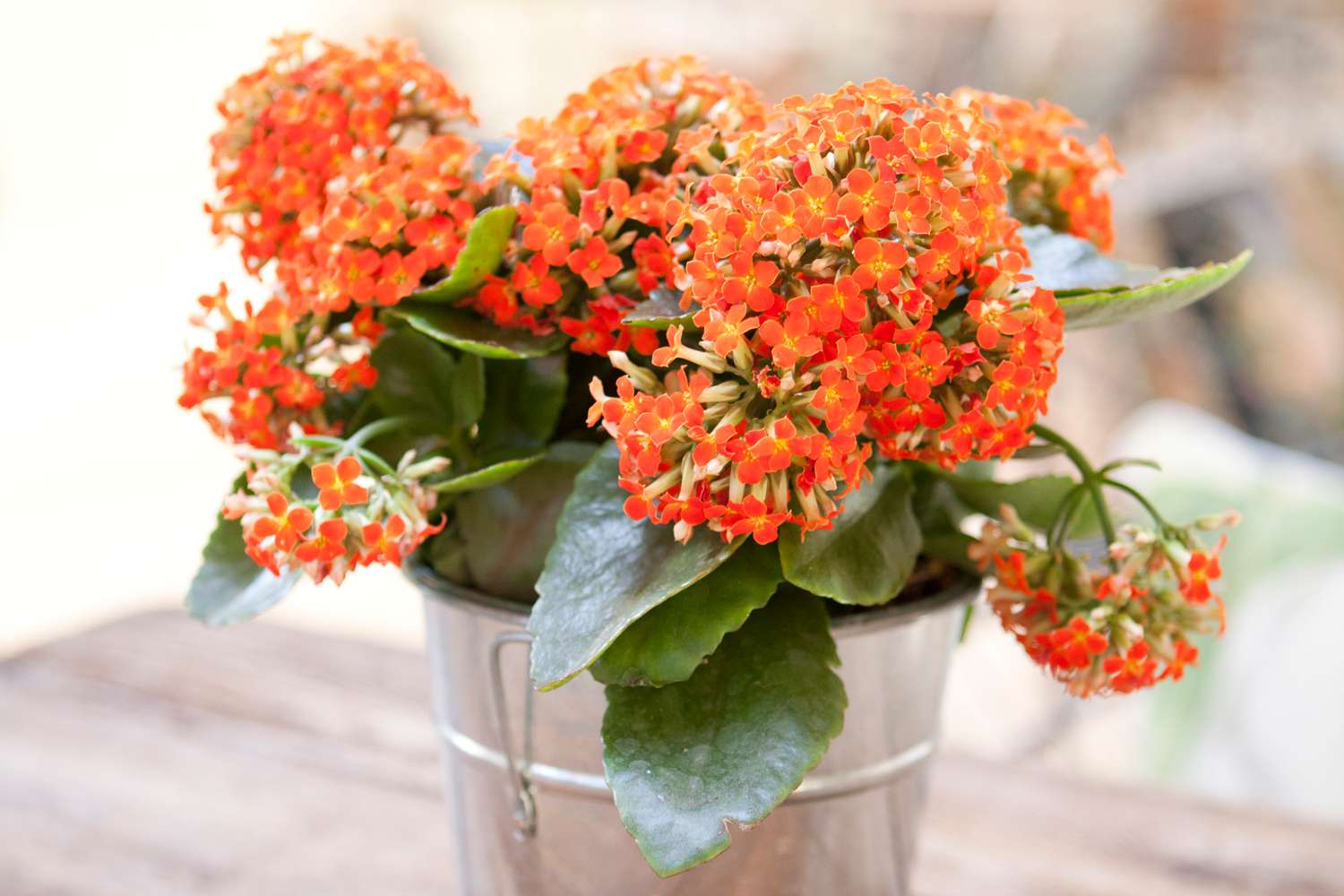
Common Problems and Solutions
Wilting and Leaf Damage
Wilting and leaf damage may result from temperature extremes. Maintain temperatures between 55°F and 80°F to prevent adverse effects on plant health.
Failure to Bloom
Insufficient exposure to prolonged darkness during winter can impede blooming. Ensure a minimum of six weeks of 14-hour nightly darkness to reset the bloom cycle and encourage flowering.
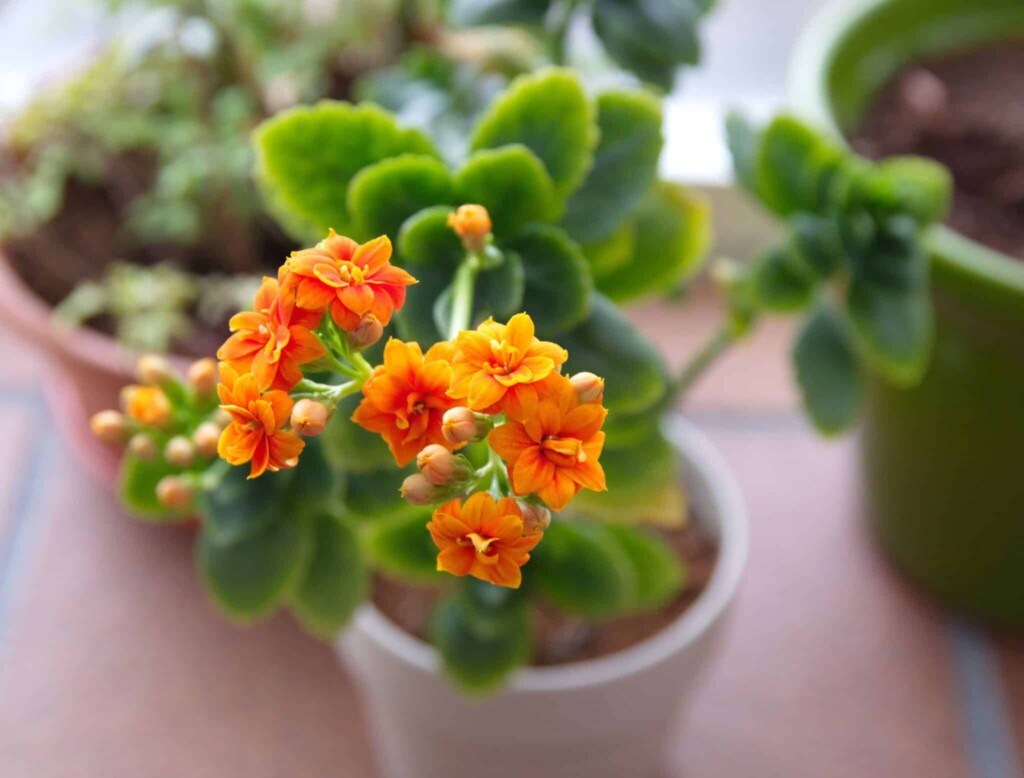
And there you have it – your complete Kalanchoe Plant Care Guide! By following these simple tips and tricks, you’ll be well on your way to nurturing a thriving Kalanchoe plant that adds beauty and charm to your indoor space. Remember, a little love and attention go a long way in the world of plant parenting! So, go ahead, give your Kalanchoe some TLC, and watch it flourish before your eyes!
FAQs
Do kalanchoe need direct sunlight?
Kalanchoe plants thrive in bright, indirect sunlight. They should be placed in a spot where they receive plenty of bright natural light but are protected from direct hot sun.
Is kalanchoe an indoor or outdoor plant?
Kalanchoe can be grown both indoors and outdoors. When grown outdoors, they should be planted in a location with well-draining soil and protected from harsh sunlight. In colder climates, they can be brought indoors during the winter.
Do kalanchoe flowers like sun or shade?
Kalanchoe flowers prefer moderate sunlight exposure, not completely shaded but not under intense full-day sun. Placing them in a spot with bright, indirect sunlight is ideal.
How often should I water a kalanchoe?
Water kalanchoe plants thoroughly when the top inch of soil feels dry to the touch. Allow the excess water to drain away, and avoid overwatering as it can lead to root rot. In general, watering every 2-4 weeks is sufficient, but frequency may vary depending on factors like temperature and humidity.
How do I keep my kalanchoe happy?
To keep your kalanchoe happy, provide it with bright, indirect sunlight, well-draining soil, and proper watering. Avoid overwatering and ensure good air circulation around the plant. Additionally, fertilize the plant sparingly during the growing season and prune faded flowers to encourage new growth.
Do kalanchoe bloom all the time?
Kalanchoe plants typically bloom in response to changes in daylight length, with flowers appearing during the winter and spring months. While they do not bloom continuously throughout the year, proper care can help encourage repeat blooming in subsequent seasons.
